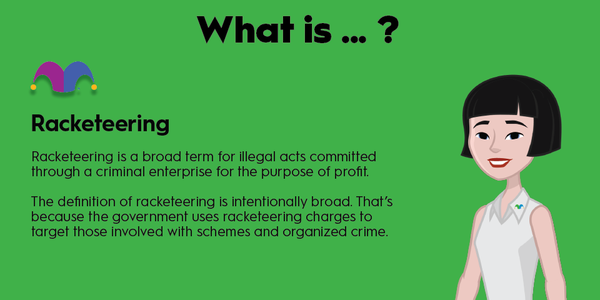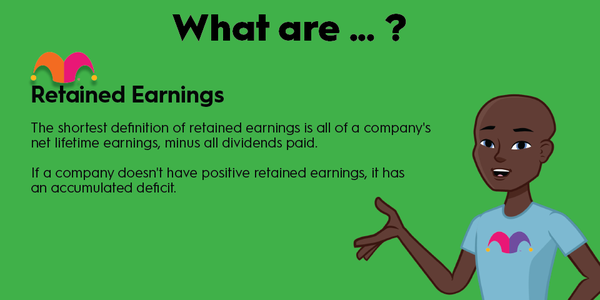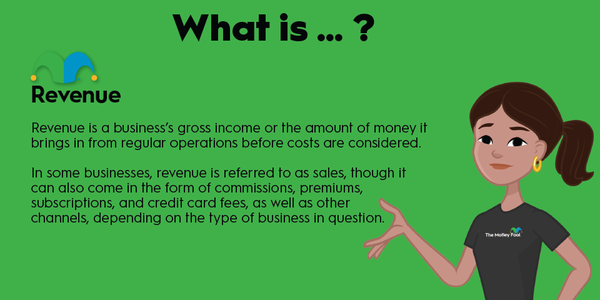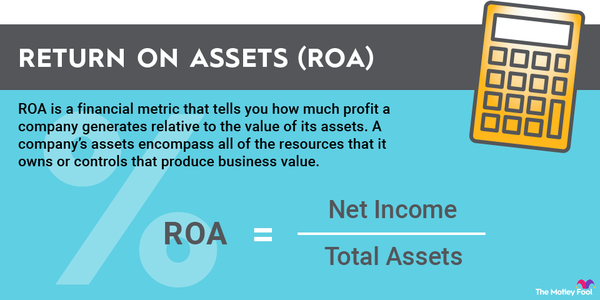Reinsurance is often described as an insurance policy for insurance companies. It lets insurance companies offload some of their financial risk to another insurer. That increases their capacity to provide insurance and helps stabilize their results. Here, we'll talk about how reinsurance works and its benefits and then provide an example.

What is it?
What is reinsurance?
Reinsurance lets insurance companies transfer some or all of the risk from one or more policies to a reinsurance company. A reinsurance contract typically involves two companies:
- Ceding company (or cedent): The company (usually an insurance company) transferring some of its risk
- Reinsurer: The company (typically another insurance company specializing in reinsurance) assuming the cedent's risk
Insurance companies use reinsurance to mitigate some of the impact of a potentially catastrophic loss, like a flood or earthquake. In addition, some insurance companies use reinsurance to cover normal risks because that allows them to do more business.
How it works
How does reinsurance work?
Reinsurance helps protect insurance companies from catastrophic losses that could severely affect their ability to cover claims. There are two primary types of reinsurance agreements:
- Treaty reinsurance: These agreements provide broad coverage of insurance policies without individually evaluating risk. Insurance companies might use treaty reinsurance to cover a percentage of their auto or home insurance policies. A reinsurance treaty is usually for a set period and typically assumes part or all of the insurer's risk.
- Facultative reinsurance: These contracts cover a specific high-risk policy by transferring the specialized risk it poses to the cedent to the reinsurer. Reinsurers will underwrite each risk the cedent seeks to reinsure before deciding whether they're willing to assume that risk.
Reinsurance exists to help insurance companies transfer some of their risk to protect them against a catastrophic loss, like a hurricane, wildfire, or flood. The cedent typically pays the reinsurer a portion of the insurance premiums they receive from their policyholders.
In exchange, they will also transfer some of the risks of those policies to the reinsurer. If the cedent has a large claim on those policies, it can file a claim with the reinsurer to help cover those losses.
Benefits
What are the benefits of reinsurance?
Insurance companies must maintain adequate reserves to cover potential claims from policyholders. However, a catastrophic event could still have a devastating impact on an insurance company's financials. Reinsurance enables them to transfer some of this risk to another entity.
Another benefit of reinsurance is it enables insurance companies to do more business. Because they can offload some risk, they can underwrite larger policies or more volume without increasing their reserves. Reinsurance also enables insurance companies to enter new markets or pull back from others without affecting their ability to cover losses.
Example
A reinsurance example
Many issuance companies use reinsurance. For example, reinsurance is an important part of Lemonade's (LMND -2.56%) strategy to protect its policyholders.
The artificial intelligence-powered (AI-powered) digital insurance company uses some of the premiums paid by policyholders to buy reinsurance, enabling it to protect against many kinds of losses, including a large individual loss or a flood of claims following a natural disaster.
In mid-2023, Lemonade announced that it successfully renewed its treaty reinsurance program. The primary aspect of its reinsurance program is a 55% quota share protection, which covers all of the company's business. The company's reinsurance program frees it up to focus on expanding its products to more customers.




































